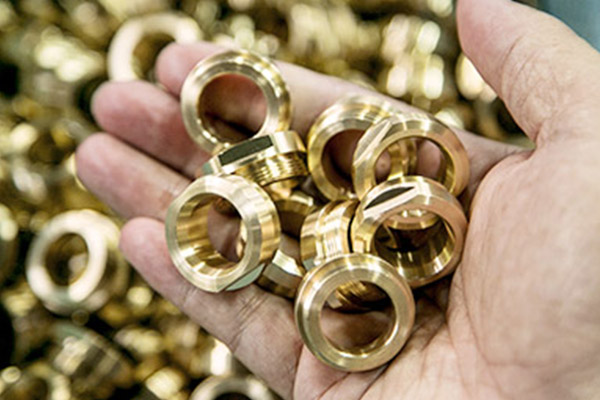The Fault Repair Sound and Noise Diagnosis Technology of CNC Machine Tools

The fault repair sound and noise diagnosis technology of CNC machine tools includes direct monitoring and indirect monitoring, and direct monitoring is the auditory diagnosis in the practical diagnosis technology. The noise diagnosis in modern diagnostic technology refers to indirect monitoring. That is the "quantity" diagnosis of the fault after the sound signal collected by the sensor goes through data processing. Sound diagnosis can bring up good results for the mechanical failures of periodic motion, such as the abrasion of high-precision gears, bearings, or hydraulic valves.
The actual method of measuring the fault repair sound of a CNC machine tool is to use a sensor to convert the acoustic quantity into an electric signal, then amplify the signal to a certain voltage with an amplifier and an instrument, and then perform data processing and analysis. Thanks to the development of computers, not only could some measurements be analyzed in real time, but automatic fault diagnosis, inspection and automation of test instruments operation have also turned into reality. A special measurement environment is usually required for acoustic measurement, such as anechoic room and reverberation room. When a part or component begins to wear out or undergo some other physical changes, the characteristics of its sound signal change. Monitoring these characteristics makes it possible to detect changes in mechanical conditions and pinpoint precisely which components are deteriorating. In order to monitor and analyze the trend of the operating state of the mechanical system, it is necessary to measure the sound under normal conditions and estimate the importance of the sound difference, so we must first know the range of sound under normal operating conditions. Usually, an analyzer is used to record the frequency spectrum of the mechanical equipment during normal operation. From these records, a frequency that can represent the state of each analyzed component is selected, and then such an amplitude can be designated as the critical amplitude. In diagnosis, the signal from the sensor is received by the analyzer and passed through a narrow band-pass filter, and then the amplitude of the signal is compared with a predetermined critical amplitude. If the amplitude exceeds the designated critical amplitude, it indicates that the condition of the component has deteriorated.
 TEL: 0592-2075664
TEL: 0592-2075664